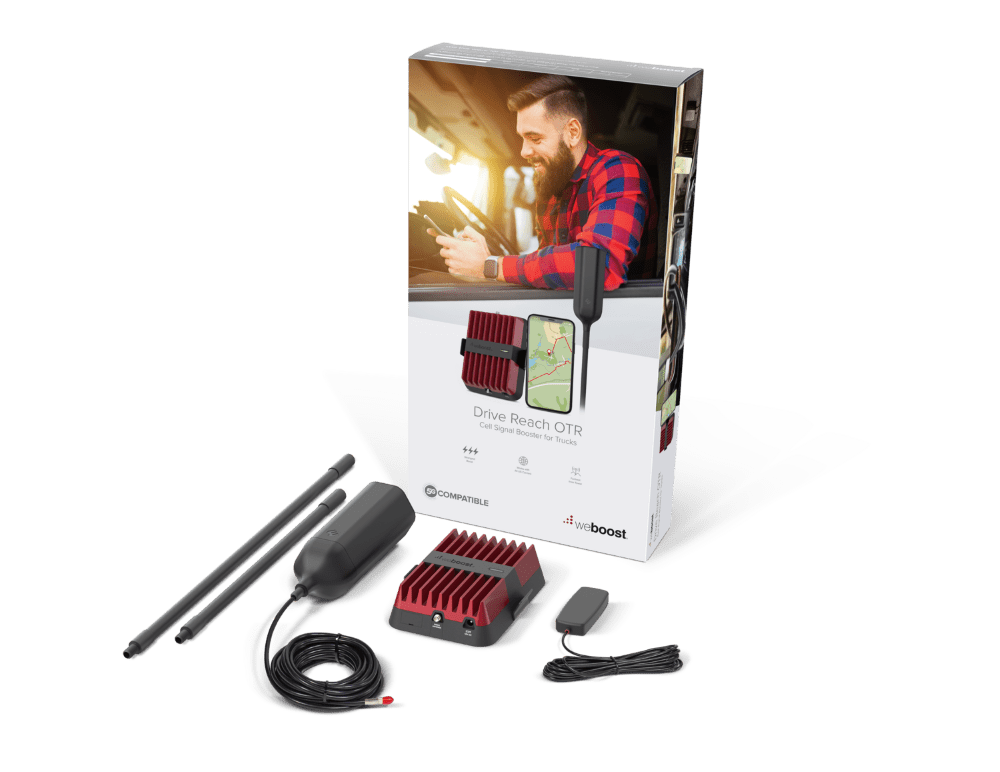Blog
How to Get Cell Signal in a Dead Zone
March 1, 2023 — by MEREDITH POND
SHARE ARTICLE[Sassy_Social_Share total_shares="ON"]
We’ve all been there: you’re on a call in the car or walking to work, and suddenly, your call drops. Sometimes this is due to your carrier, but often it’s because you’ve entered what is known as a “dead zone.” Dead zones are a big inconvenience. Reading this article, you’ll learn how to get cell signal in a dead zone.
What is a dead zone?
A dead zone is an area that isn’t receiving cell signal, either because it’s too far from the nearest cell tower, or because it’s being blocked by a building or something else in the environment.
For most of us, dead zones are merely inconvenient. But for many people who live in rural areas, or other places where cell signal is a problem, being in a dead zone could become a safety concern. What if you were in a dead zone and had an emergency? How would you get help or contact your family?
Landlines are far less common these days, with most people relying more heavily on their cell phones to connect with the outside world. This being the case, finding yourself suddenly in a dead zone can hinder your ability communicate via texts, calls, social media, or other methods.
This is why it’s so important to be able to get cell signal in a dead zone.
What causes dead zones?
Here are some other things that may interfere with your cell signal:
- Vehicle construction
- Building materials
- Vegetation
- Mountains or valleys
- Glass/windows
- Atmospheric conditions such as fog or dust storms
- Bad weather
- Distance from the cell tower
Familiarize yourself with a cell phone dead zone map
If you’re planning a trip somewhere or are planning to move to a rural place, it’s a good idea to check out a dead zone map beforehand so you know if it’ll be an issue. It’s also helpful to know what areas around your home and along your commute are prone to dead zones.
To find AT&T, Verizon or T-Mobile dead zone maps, check out this dead zone map here. You can find cell tower locations and a map of specific dead zone areas, so you know where the troubling spots are in your area.
Next, you can try out the tips below to solve your dead zone problem.
How do I get cell signal in a dead zone?
Try some of these tips below to get cell signal in a dead zone.
- WiFi calling – Switch your phone to enable WiFi calling so it doesn’t utilize the cellular network. If you have WiFi available where you are, this can be really useful.
- Use a femtocell or microcell – A microcell is a source of cell signal that you connect to a router. It works with broadband internet and can support cell signal in a few rooms of your home. Your phone will be using the internet instead of the cell network. These devices can work well but are only compatible with one cell carrier. So, if you have guests on a different network, it won’t work for them.
- Update your phone – Make sure your phone is up to date so it’s functioning as optimally as possible. Check your settings to install any necessary updates.
- Switch carriers – Believe it or not, dead zones aren’t necessarily your carrier’s fault. You may go through the hassle of switching carriers only to run into the same problems (due to natural obstructions, building materials, or remote location). If you consistently get no signal when people around you with different carriers have no problem, then your carrier may not have adequate coverage in your area. In this case, switching to a new carrier might help.
- Find the nearest cell tower – Find the closest cell tower with the free weBoost App. It will help you locate the nearest cell tower, so you know which direction to go to find signal. It will also show you which way to point the antenna of your cell signal booster (more on that next).
Best way to get cell signal in a dead zone
One of the most reliable ways to ensure you get a cell signal in a dead zone is with a cell phone signal booster from weBoost.
Cell phone boosters are designed to capture even the weakest cell signal, boost it, and deliver it inside your home, business, or vehicle. This allows every user to get the strong signal they need in places where it wouldn’t otherwise be available. If you have a faint signal but can’t do much with it, then a cell signal booster could make all the difference for you in call quality, messaging, streaming, and app performance.
So, do cell phone boosters really work in a dead zone? The answer is yes.
How do cell phone signal boosters work?
Cell phone boosters work by using a combination of strategically placed antennas to capture, boost, and deliver cell signal where you need it most.
First, and outside antenna picks up weak signals from the nearest cell tower. Then, they send the signal along a cable to a booster unit, which amplifies the signal to make it more usable. The booster unit then sends the stronger signal along a cable to one or more strategically placed antennas within your home, business, or vehicle.
The booster system allows the signal to overcome any potential barriers, such as trees, buildings, or other environmental or man-made blockers.
Basically, a cell phone signal booster can work in almost any place where you might need a stronger signal. All you need is access to the roof of the building or vehicle in which the signal boost is needed.
Dead zones and poor cell signal don’t have to impede your ability to communicate with the world around you. If you’re living, working, or driving in a dead zone and would like to see your signal improve, a weBoost cell phone signal booster can provide a permanent solution to your problem. There is no subscription needed, and weBoost products are covered by a 60-day money-back guarantee and 2-year warranty.
Want to fix your dead zone problem? Here are just a few of our most popular solutions. To shop all of our boosters, click here.
For dead zones at home:
- Home Room – For One Room – Up to 1,500 sq ft
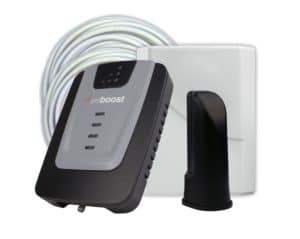
- Home MultiRoom – For Medium Homes – Up to 5,000 sq ft
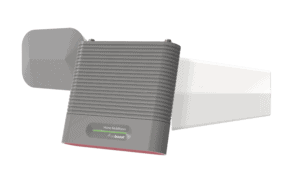
- weBoost Installed | Home Complete – For Large Homes – Up to 7,500 sq ft – *Installation Included*
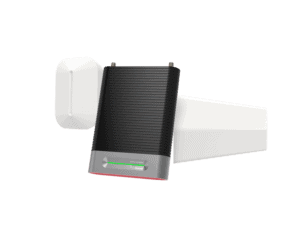
For dead zones in your business:
- Office 200 Pro Installed – Best-in-Class Small-Medium Business Solution for up to 15,000 square feet.* Installation Included
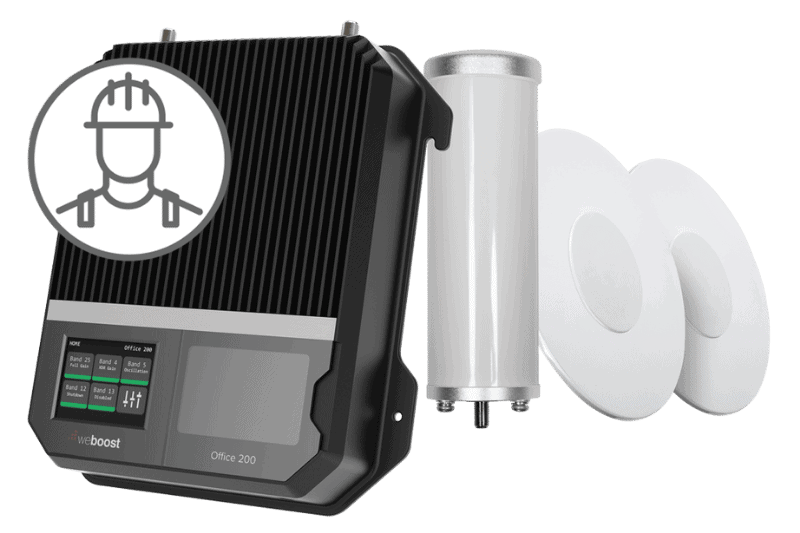
- Office 200 – Small-Medium Businesses Solution for up to 10,000 square feet.* DIY Installation.
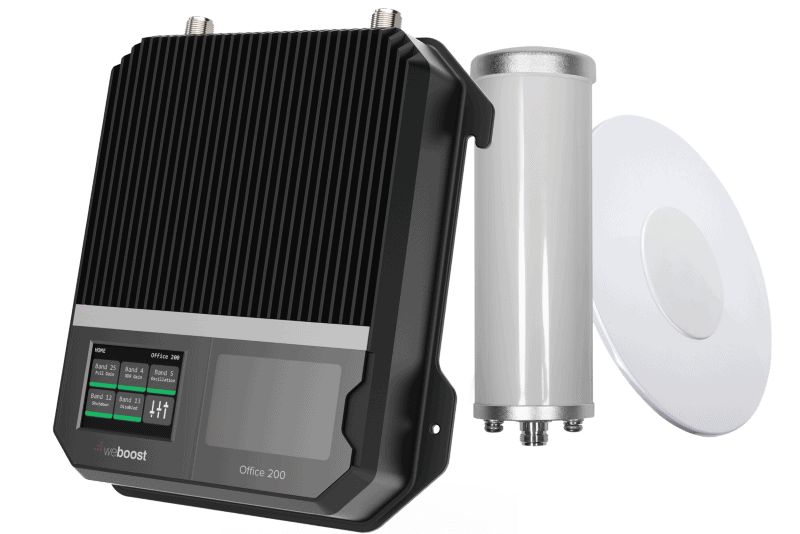
- Office 100 – Most Affordable Small-Medium Business Solution for up to 8,000 square feet.* DIY Installation.
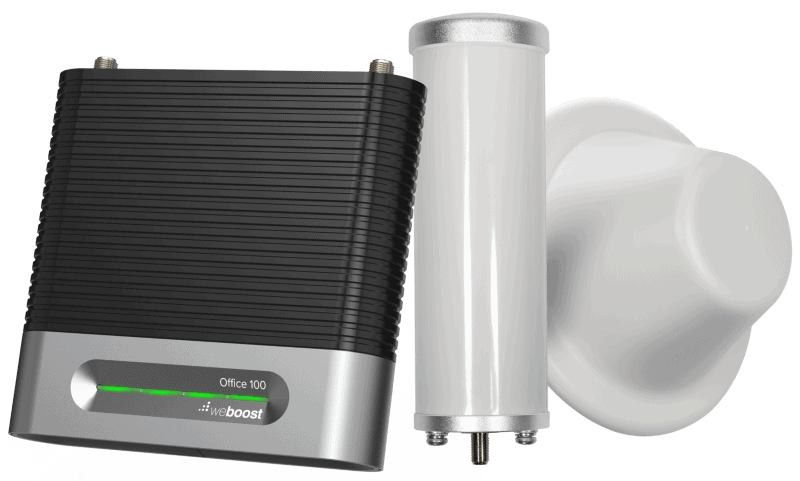
* Coverage claims are based on estimates and can vary depending on factors such as outside signal strength, building construction, and building layout. Wilson Electronics’ Office products are the best performing cell signal boosters for smaller buildings. For larger buildings exceeding 15,000 square feet, we recommend the WilsonPro product lineup for optimal in-building cell signal performance.
For dead zones in a vehicle:
- Drive Reach Overland– For Off-Road or Overlanding Enthusiasts
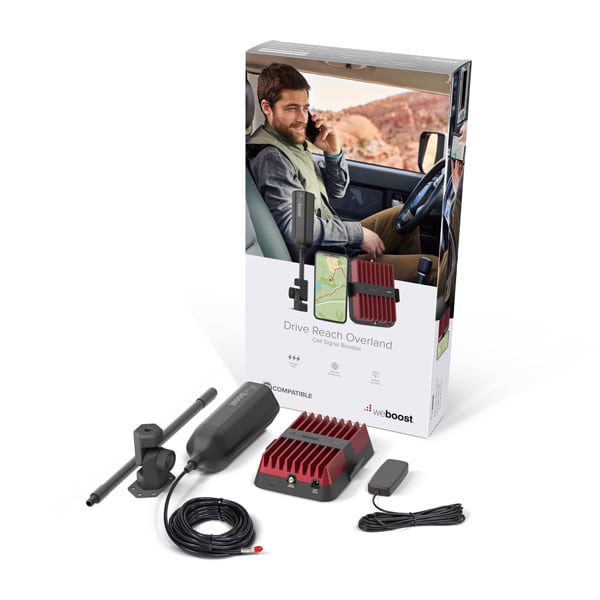
- Drive Reach – Best for Passenger Cars or SUVs
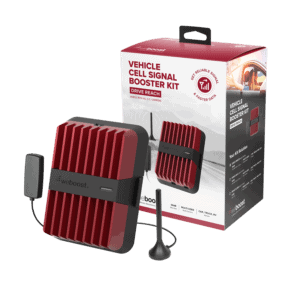
- Drive Reach OTR – Best for Trucks
TAGS: cell phone booster, How To

